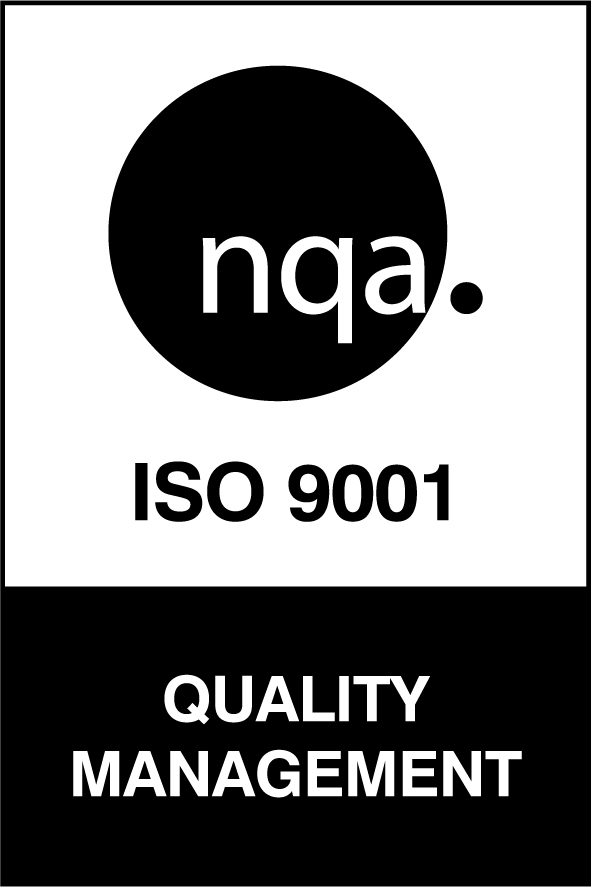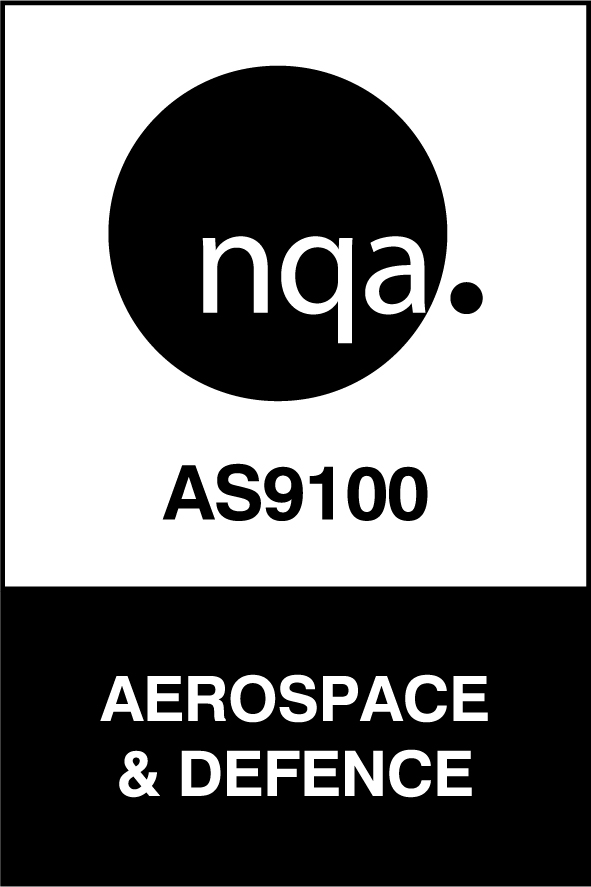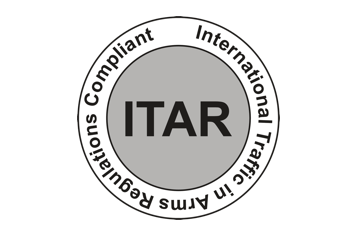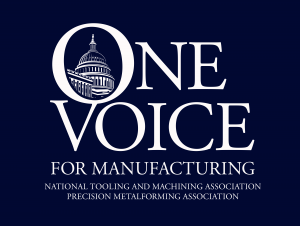Deep draw metal stamping is a fascinating and intricate manufacturing process used across various industries, including automotive, aerospace, and defense sectors. While many of the basic tenets of metal stamping apply to deep draw applications, there are some key differentiators that make this process more challenging in some ways, and more rewarding in others. In this article, we will explore the intricacies of deep draw stamping, its applications, and why it’s a critical technique in modern manufacturing.
Deep draw metal stamping is a process that transforms a metal blank into a three-dimensional shape through mechanical action. The “deep draw” refers to the process of drawing the part into an empty die which creates significant depth from a flat stock material. This method is preferred for its efficiency and ability to produce parts that are thin, strong, and seamless with a high degree of precision.
Deep drawing begins just like any other metal stamping process by placing a flat sheet or a metal blank onto a forming die. While this process can be performed in both single-hit and progressive operations, progressive stamping is almost always the choice for deep draw parts due to the tool requirements, which we will cover later.
Deep draw metal stamping offers numerous benefits as a result of its unique capabilities. Some of these advantages include:
Deep draw metal stamping plays an equally critical role in the aerospace and defense sectors, which demand components that are lightweight, strong, and can adhere to precise tolerances. This process is used extensively to manufacture critical small-scale components such as fasteners, clips, and brackets, which are essential for the structural integrity and functionality of aircraft and military equipment. The ability to work with advanced, high-strength materials allows for the production of parts that meet the stringent requirements of aerospace and defense applications, focusing on safety, precision, and reliability.
Not all metals are suitable for deep draw stamping. The metal chosen must have excellent ductility and the ability to withstand the stresses of the stamping process without cracking or wrinkling.
When selecting a metal for deep draw stamping, manufacturers must consider factors such as the material’s tensile strength, elongation, thickness, and grain structure. These characteristics will influence the metal’s behavior during the stamping process and the quality of the finished part.
Coatings can provide various benefits as a supplemental layer to enhance the performance and longevity of deep drawn parts. Some common coatings used for deep drawn parts include:
At Dayton Rogers we do everything we can to ensure the part performance you need. Contact us today to learn more about our available material selection and coating capabilities.
Deep draw stamping is not without its challenges. Manufacturers must address several key issues to ensure the success of the stamping process.
In deep draw metal stamping, the metal is forced or “drawn” into an empty die cavity. At high stress points, the metal can experience mechanical failures like wrinkling, tearing, fracturing, buckling, and more. To prevent any failures due to buckling, the metal must be secured as it is being drawn into the die cavity. This is done with a feature called a “blank double blank”, which is stamped just before the part is drawn.
A blank double blank looks like an embossed edge around the perimeter of the area where the part will be stamped from. In the following operation, the tool aligns with this edge to hold the part in place as it is drawn into an empty die. This helps reduce stress-related defects and maintain material integrity in the final part.
The design of the tools and dies is crucial for achieving the desired part geometry and tolerances. Advanced computer-aided design (CAD) and computer-aided manufacturing (CAM) technologies are often employed to create and simulate the die designs before production. For a more extensive look into metal stamping tool design, check out our previous blog post.
To make deep draw metal stamping cost-effective, especially for high-volume production, manufacturers focus on optimizing the process for speed and efficiency while maintaining the high quality of the parts produced. This can be a difficult balance to strike- but with 95 years of metal stamping experience, Dayton Rogers has it down to a science.
Dayton Rogers has led the metalforming industry for more than 90 years, using metal stamping, welding, and fabrication expertise to create a wide array of parts for multiple applications. Our metal stamping and automotive fabrication services create unique solutions that are integral to your firearms project’s success. If you’re ready to discuss our available metalforming methods in a consultation at no cost to you, don’t wait. Call today to speak to one of our metalforming experts about your next automotive project or schedule an in-person meeting.
Want to learn more about metal stamping and fabrication? Get your FREE copy of the Design Principles Red Book. This Design Principles booklet describes the various common conditions that occur in the fabrication of parts.
Dayton Rogers has led the metalforming industry for more than 90 years, using metal stamping, welding, and fabrication expertise to create a wide array of parts for multiple applications. Our metal stamping and automotive fabrication services create unique solutions that are integral to your firearms project’s success. If you’re ready to discuss our available metalforming methods in a consultation at no cost to you, don’t wait. Call today to speak to one of our metalforming experts about your next automotive project or schedule an in-person meeting.
Want to learn more about metal stamping and fabrication? Get your FREE copy of the Design Principles Red Book. This Design Principles booklet describes the various common conditions that occur in the fabrication of parts.








8401 West 35W Service Drive, Minneapolis, MN 55449-7260 1-800-677-8881
© 2022 Dayton Rogers. All rights reserved